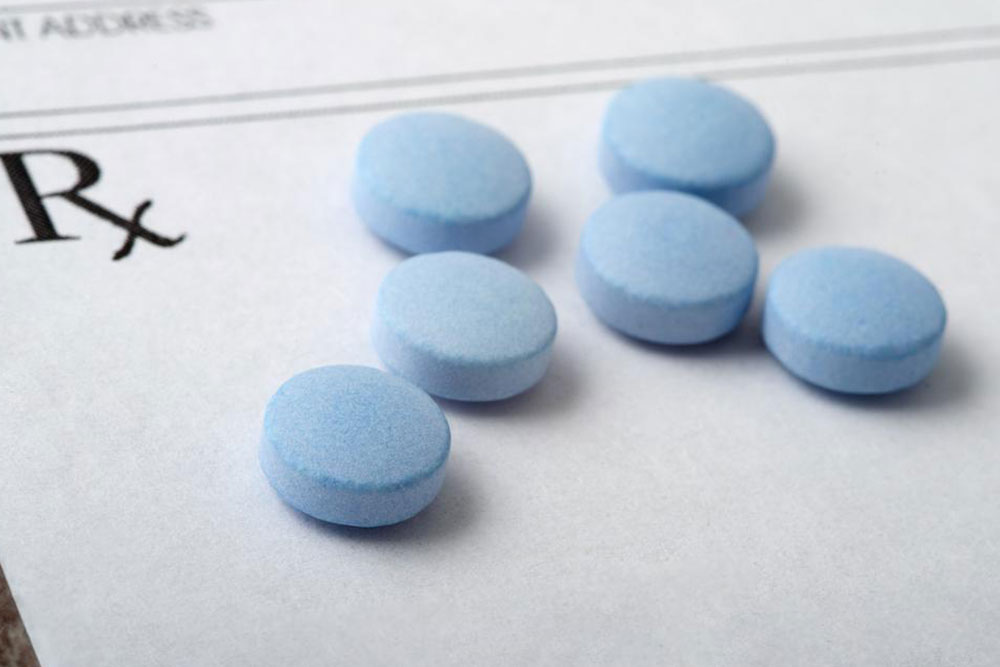Naloxone and its role in treating opioid overdose
Opioids are a class of drugs that are also referred to as narcotics. Pain relievers like tramadol, fentanyl, oxycodone, and hydrocodone and even heroin are classified as opioids. Healthcare specialists provide these opioids in the form of prescription medicines to reduce pain in case of a major surgery or injury. A person might also get a prescription of an opioid to get relief from the pain of chemotherapy sessions in case of cancer.

Opioids, when prescribed in a strictly administered quantity for a short time, are safe and might not result in side effects. However, people using opioids for a longer time and mixing it with other illegal drugs might get addicted to them. Misusing opioids can have severe (life-threatening) side effects.
One needs reversal medication in such cases. Opioid overdose reversal can be achieved using naloxone.
Naloxone for reversing overdose of opioids
Naloxone is an opioid antagonist, which means it binds itself to opioid receptors, reversing and blocking the effects of other opioids. Medical research suggests that it can quickly restore normal respiration in individual’s whose breathing has been slowed due to the result of overdosing on opioids and pain-relieving medications.
Paramedics, emergency room doctors, and other specially trained first responders usually use the naloxone liquid injection for an opioid overdose reversal. The liquid is sprayed in the nose for immediate relief. Other than this, improvised atomizers that use syringes in the form of nasal sprays can also deliver appropriate results.
The dosage plays an important role when treating opioid overdose using naloxone. The amount varies on the basis of the formulation and the extent of dependency on opioids. Some states in the country require a physician to prescribe the medication, whereas other states distribute naloxone in the form of an outpatient medication without requiring a prescription from a physician.
Precautions and side effects
Patients undergoing treatment for opioid overdose with naloxone should be kept under observation for at least 2 hours to keep a check on the effects of the medication on the patient. The medical personnel needs to make sure the medication relaxes the breathing of the patient but does not slow it down too much or stops it completely.
Doctors and medical researchers assure that naloxone is a safe medication. However, the medication can cause noticeable withdrawal symptoms that are uncomfortable but not life-threatening. As the medication helps in flushing opioids from the system, it can cause withdrawal symptoms like rapid heart rate, nausea, sweating, changes in the blood pressure, vomiting, and tremors.


